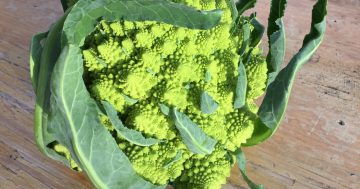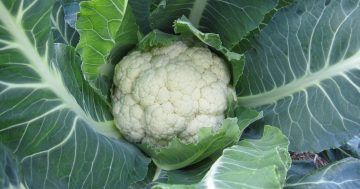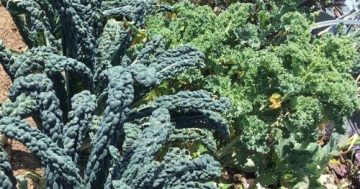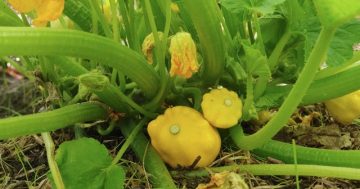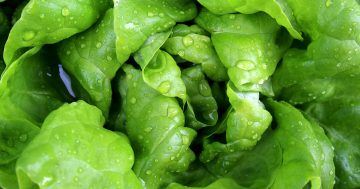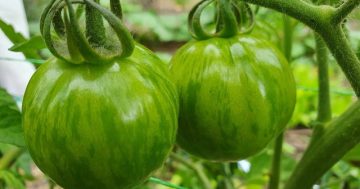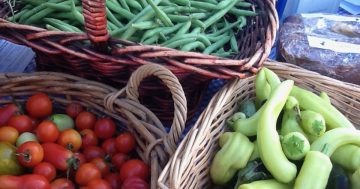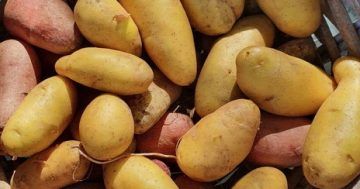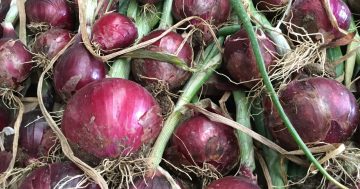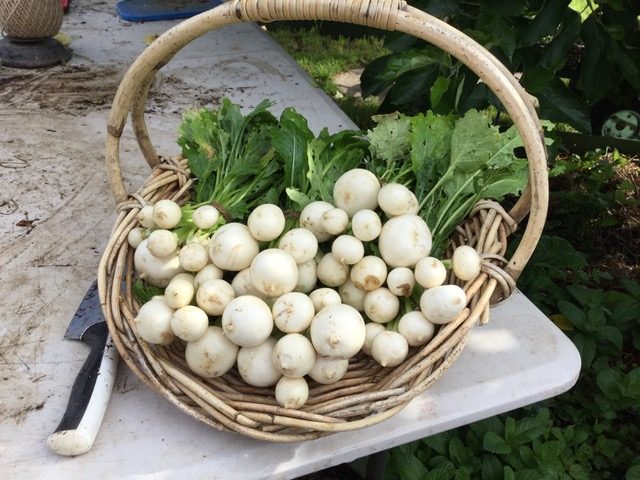
Asian turnips, cleaned and trimmed. Photo: Supplied.
The leafy greens in the veggie garden are really enjoying the changeable weather this summer.
Silverbeet is producing prolifically, as are the members of the choy family. The lettuces are growing avidly. The tomatoes may have slowed their growth a little in response to some cooler, overcast weather, but the fruits that were near ripe have finally ripened. The cucumbers are producing and the red onions harvested last month have dried perfectly and are ready to eat. This means that our favourite salad of red onion, cucumber and tomato is making a regular appearance on the lunch and dinner table once more.
Disappointingly, the highly variable weather some of us have been experiencing has caused the corn cobs to mature slowly, and the pumpkins that were growing have slowed a little.
If you are growing veggies in a part of our wonderful cool-cold climate region that has had plenty of hot, sunny weather and average rainfall, then you might already be harvesting some delicious corn. One consequence of the variable weather, heatwaves and rainstorms is the appearance of insect pests that have not been commonly seen in cool-climate gardens.
The Passion Vine hopper, an Australian native, and its nymphs, often called fluffy bottoms (bums), have appeared everywhere. They are pretty-looking bugs but voracious sap suckers that have made themselves at home on the pumpkin, raspberries, horseradish, passionfruit vine, lemon verbena, other herbs and many ornamental plants. They can grow to plague numbers if left alone. The best organic eradication tactic is to spray with a mix of neem oil or a mineral oil mixed with insecticidal soap according to the label instructions. You will probably have to do this more than once, and remember that such treatments, organic or not, will wash off if it rains.
Extra pests aside, a slightly damp end to summer would not be a disaster. Many of the vegetables we can plant now for winter and autumn eating will appreciate a few overcast days and a bit of rain. The summer to autumn transition months, February and March, are ideal months for planting and predictions for a warmer autumn across our region, indeed across the whole country, should make the next couple of months a wonderful growing time in the garden. The more you get planted in your garden now the more wonderful produce you will be harvesting from late autumn through winter.
The brassica family members can be planted out as seedlings now. Fortnightly planting of two or more well-grown seedlings (depending on the size of your family and how much of these veggies you like to eat), planted over the next eight weeks or so, will see you eating beautiful vegetables by the end of autumn and beyond. Cauliflower, cabbage and broccoli are particularly good for the end of summer planting.
Although they take up space in the garden for a long time, if protected from frost, they will provide something delicious to eat when there is not much else in the garden. Kohlrabi and broccolini are much faster growing and can be planted out as seedlings now, too. Kale, silverbeet or Swiss chard, Asian greens, endive, radicchio and other lettuce planted now and every two weeks for six to eight weeks will ensure you have plenty of greens for mid-autumn and into winter.
There are also many vegetables that can be planted as seeds directly in the garden now.
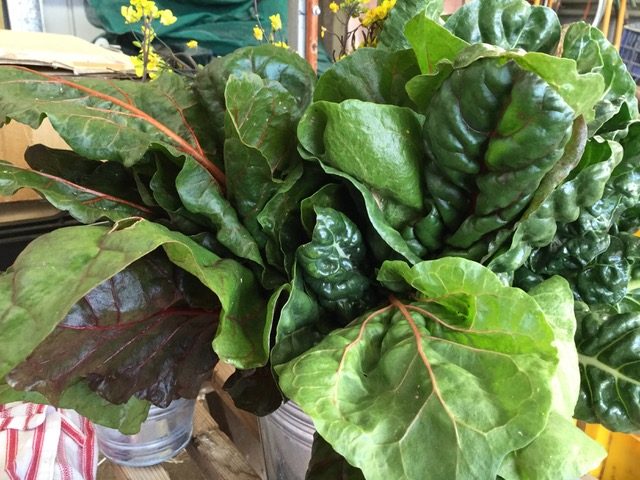
A bucket of silverbeet and Swiss chard. Photo: Supplied.
Asian greens, radishes (both Asian and European), rocket, corn salad or mache and cress should all germinate quite quickly and grow well. Now is also a great time to plant the root vegetables that are winter staples. Carrots, parsnips, turnips and swedes can all be planted as seeds directly in the garden.
Many growers find it frustrating to get carrot or parsnip seeds to germinate. Warm soils at this time of year should help, and it is important to keep the seedbed moist until germination starts. Carrots can take 10 to 14 days to germinate, while parsnips can take up to 21 days. Fresh seed is a must. Planting out-of-date seeds is a waste of time and effort.
Likewise, if your seed is in date but has spent the summer out in the shed baking in the hot weather, it may not germinate at all. Your seed needs to be fresh and stored in a controlled cool environment (like the fridge) to get reliable germination. Buying seeds from online companies is probably better than buying carrot and parsnip seeds from the nursery or other retail outlets. Online seed suppliers are more likely to store seeds in the correct conditions.
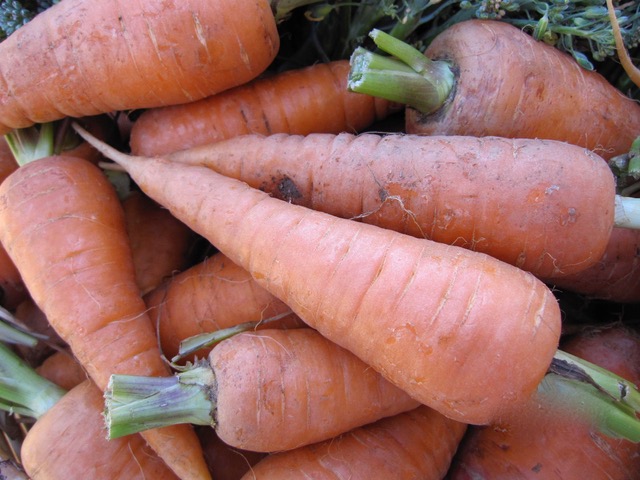
Harvested and trimmed carrots … remember to rotate your carrot crop so it is not grown continuously in the same place. Photo: Supplied.
When preparing your soil for a carrot crop, make sure it is friable to the depth of a garden fork tine. Soft, crumbly, sandy soil is best, but most friable soils will grow carrots and parsnips.
Do add compost—one to two buckets per sqm—blood and bone, very well-composed animal manure (one bucket per sqm), lime, or a complete fertiliser with a high phosphorus level. Phosphorus promotes root development, so it is a good amendment in the pre-sowing stage.
As the plant develops, use a balanced complete fertiliser that includes micronutrients, and your carrots should have what they need to grow properly.
Carrots don’t have a lot of pests and diseases compared to many other vegetables, and often it is diseases like rust, blight, cavity spot and root rot that cause the most problems.
Some preventative measures can be effective. Rotating your carrot crop so it is not grown continuously in the same place. Removing and disposing of infected leaves (not in the compost), using fungicides (preferable organic); and the addition of calcium to the soil prior to planting can suppress cavity spot.
Current research in vegetable cultivation is interesting because it shows just how important it is to ensure that growing plants have access to the nutrients they need through soil microbiology. This is what is referred to as ‘biological farming’ and is becoming increasingly important in the organic management of disease in vegetables.
Bronwyn Richards and Helen Lynch run Wynlen House Artisan Village Farm and Learning Centre, a small village organic market garden in Braidwood, NSW. Since 2006 they have grown and sold fresh vegetables, eggs, preserves and garlic, and teach others to do the same.












